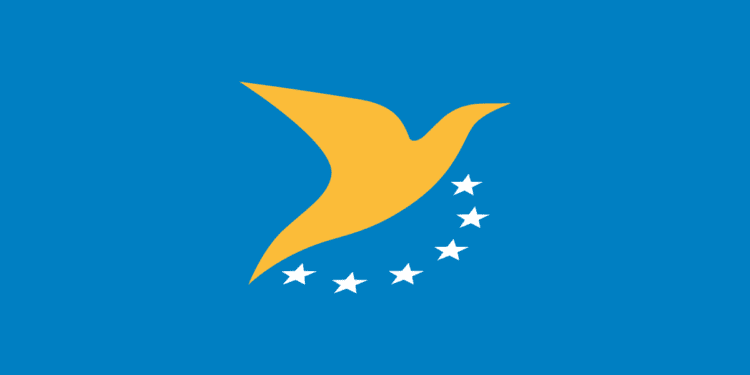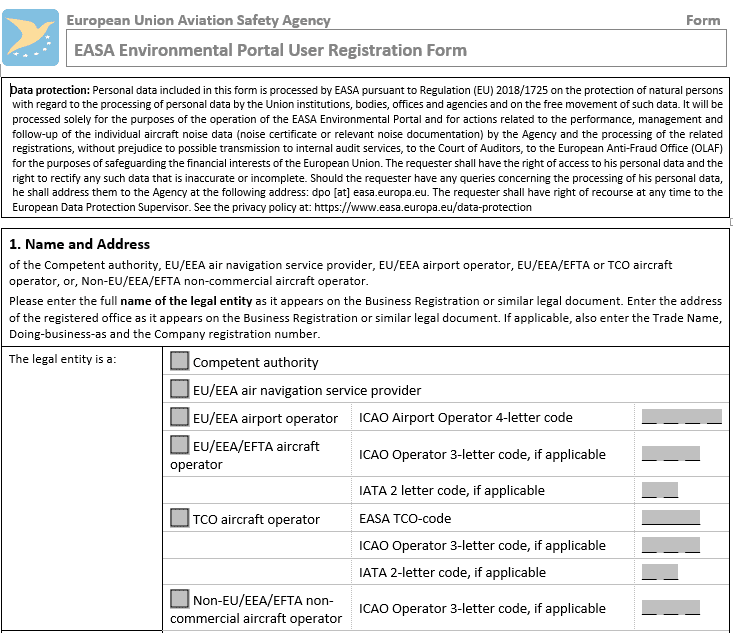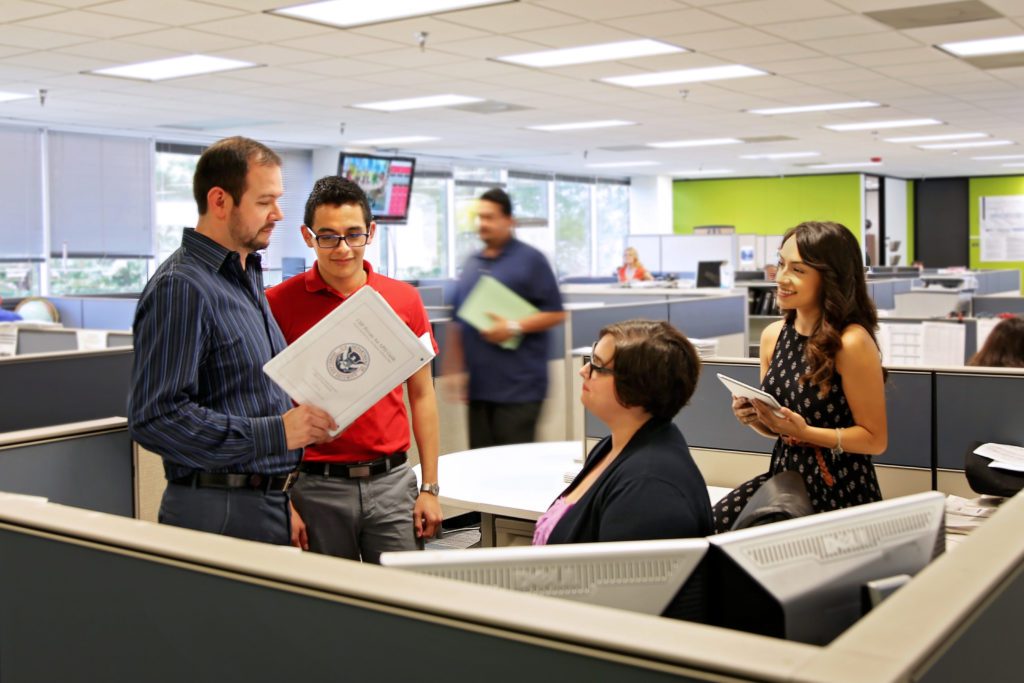EASA Environmental Registration Mandate – What business aviation operators need to know

A fast-approaching March 2022 deadline is nearing, requiring certain aircraft to comply with the European Union’s Environmental Safety Administration (EASA) new Environmental Registry mandate.
The mandate applies to civil fixed-wing aircraft with a maximum certificated take-off mass of 34 000 kg or more or with a certificated maximum internal accommodation for the aircraft type in question consisting of 19 passenger seats or more, excluding any seats for crew only.
The mandate applies to Part 91 and 135 operators even though Part 135 already provides environmental information through the third-country operator (TCO) portal. The process is a little more demanding for N-registered aircraft. The mandate also applies to both Non-EU and EU-registered aircraft.
Complying with the new mandate is a manual, time-consuming process requiring ongoing maintenance and the risk of missed deadlines.
Here’s everything you need to know about complying with the new mandate and how Universal’s Global Regulatory Services Team can assist.
What is the deadline for completing the registration?
The original deadline was Dec. 31, 2021. However, it’s been extended until the end of March 2022.
What is the EASA Environmental Portal?
The EASA Environmental Portal is a database enabling a secure online submission of the individual aircraft noise data (noise certificate or the equivalent noise documentation) by aircraft operators.
Is this different than the information Part 135 operators submit through the TCO portal?
Yes. While much of the information is redundant, this is a separate requirement.
What noise information is included in the registration?
The noise information includes:
- Aircraft nationality and registration mark
- Noise documentation of the aircraft used, together with the associated maximum take-off weight
- Any modification of the aircraft which affects its noise performance, as it is stated on the noise documentation
How to access the EASA registration portal
 To access the portal, operators must first complete a user registration form and then email it to environmentalportal@easa.europa.eu. If this is your first request for registration to the EASA Environmental Portal, and your legal entity does not have EASA Environmental Portal account yet, you will need to register as a Master User, and you will need to submit multiple documents which are listed here.
To access the portal, operators must first complete a user registration form and then email it to environmentalportal@easa.europa.eu. If this is your first request for registration to the EASA Environmental Portal, and your legal entity does not have EASA Environmental Portal account yet, you will need to register as a Master User, and you will need to submit multiple documents which are listed here.
Who has access to the submitted data?
The collected data is available to competent authorities, air navigation service providers, and EU/EEA airport operators for operational purposes
What data do you need to submit to the portal?
There are two options for submitting data to the portal:
Option 1 is to submit the documentation may be a stand-alone noise certificate issued by the state of registry, reflecting the configuration details, registration marks and noise data of the aircraft.
Option 1 is not applicable to U.S. or Canadian registered aircraft. This is because the Federal Aviation Administration and Transport Canada do not issue stand-alone noise data certificates. This may apply to select other non-EU states as well.
So to comply, any U.S.-registered aircraft, and those mentioned above, must go with Option 2: submit the airworthiness certificate as well as a page/set of pages of the AFM or AOM, approved by a certificating authority containing the following information:
- Aircraft Designation
- Aircraft Serial Number
- Engine Designation
- Maximum Take-off Mass (MTOM)
- Maximum Landing Mass (MLM)
- Chapter of ICAO Annex 16 or Stage of Part 36 w/Noise Certificate levels
The FAA encourages operators to gather the following information from their AFM and/or AOM, then carry the documentation onboard in the event of a ramp inspection.
Note that noise certificates or data sheets issued by OEMs are not accepted.
Universal Global Regulatory Services team can file EASA on your behalf
 Universal has partnered with EASA directly to understand all requirements, processes, deadlines, and pitfalls. Our Global Regulatory Services team is now offering a new service to file EASA required documentation on behalf of operators through an established portal, leveraging documentation Universal already has on file for most operators due to trip facilitation and other regulatory requirements.
Universal has partnered with EASA directly to understand all requirements, processes, deadlines, and pitfalls. Our Global Regulatory Services team is now offering a new service to file EASA required documentation on behalf of operators through an established portal, leveraging documentation Universal already has on file for most operators due to trip facilitation and other regulatory requirements.
For support with this, contact us online and select “EASA Filing.”




